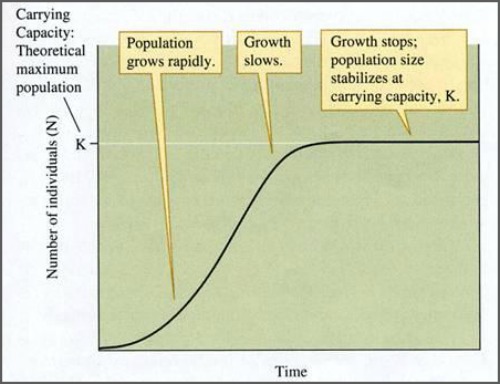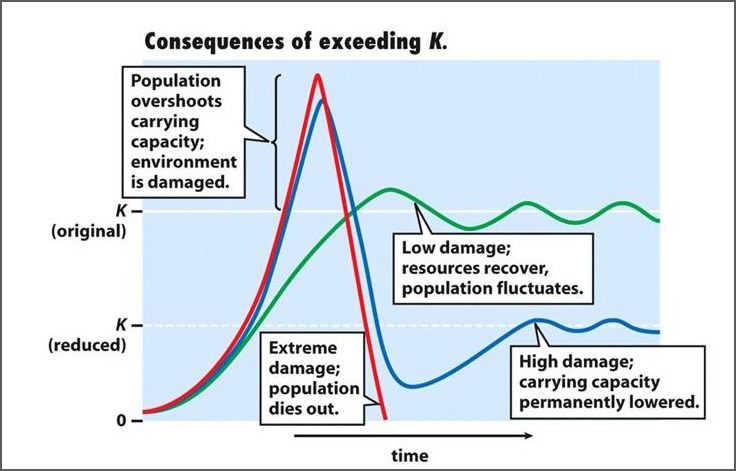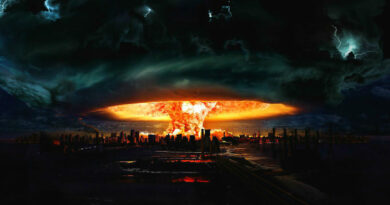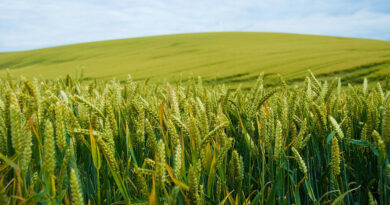Population Growth And The Ecosystem’s Limits
Population growth and its relation to the ecosystem’s carrying capacity are topics which have been discussed by many scholars severally and various conclusions drawn. These conclusions have found human carrying capacity to be dynamic and unpredictable unlike the natural population’s carrying capacity. The understanding of human population growth and the human carrying capacity will help planners to project future trends in population growth. Generally, carrying capacity can be defined as the maximum number of individuals of given species that can survive indefinitely in a given environment without degrading it (Sayre, 2008). For humans, the carrying capacity is the maximum population size that an environment can sustain indefinitely without degrading physical, cultural and social environments in a manner that will adversely affect future generations (Sayre, 2008). This report deals with population growth and its relationship to carrying capacity.
According to Cunningham (2004), the population cannot keep on growing without limitations. Rather, the population of given species in an ecosystem increases or decreases with respect to changes in factors that limit growth. Those limiting factors influence the population densities and make the populations oscillate at carrying capacity over time. The population size limiting factors are classified into two major categories namely; Density-dependent and density-independent factors.
Density-dependent factors
Density dependent factors are those factors that depend on the density of the population like food, water, disease, competition and predation. These factors are sometimes classified as biotic factors. Population cannot keep on growing at an exponential rate since as the population density increases the food decreases and this brings about the competition for food. Competition may lead to elimination of the species that are not fittest to survive hence, limiting further growth (Sayre, 2008).
Diseases and predation affect mortality and migration of the species in an ecosystem. These factors affect the population growth which in turn causes a shift in the sex ratio. A shift in sex ration can result from the decreased immigration of the male and increased migration of the male species. Predation also causes population growth shift. The predators keep on feeding on the large population of the prey until the prey population size decreases. As the prey decreases, the predators which had grown in population start to compete for the limited prey. This completion causes the fittest predators to survive hence decreasing the population size. This process will repeat itself severally making the population size oscillate at the carrying capacity.
Density-independent factors
Factors that limit the exponential growth of the population regardless of the population size are called density independent factors. They include natural disasters and weather. Natural disasters like drought may cause the population size to decrease through death due to lack of food. As well, changes in weather may cause the species in an ecosystem to migrate or immigrate and this causes the population to change significantly.
Quality of nutrients affects the ability of an organism to survive, grow and reproduce in a given ecosystem. When the nutrients are limited (quality of food is low), the environmental stress goes high, which finally affects the population size either through death or competition for limited resources. The stress will keep on increasing until the only organisms which will remain are those that the environment can support indefinitely.
Pollutants also contribute to increased environmental stress, which limits growth rates of populations. Chemical pollutants significantly affect the growth of certain species such as agricultural pests. Also, the pollutants run into the water ponds where they affect the amphibians’ direct increase in mortality or indirect growth, development or reduction in productivity.
Environmental catastrophes such as earthquakes, fires, floods and hurricanes affect population growth rates. Natural disasters destroy the natural habitats of the organisms as well as affect the organism’s direct mortality. This disaster in turn affects the population growths in the ecosystem making the organism population oscillate at equilibrium.
Cunningham (2004) suggests that human populations just like natural populations are controlled by limiting factors. However, the human population limiting factors can be controlled. Cunningham further provides that, the factors that affect human population growth include the following.
Economic situations
Developed countries have relatively lower family sizes than developing countries, although the economies of many parts of the world could encourage smaller families.
Cultural involvements
Unlike natural populations, growth of the human population is affected by cultural environments. Certain cultures promote the increased number of family sizes while others oppose exponential family growth. Cultural decisions depend on the family norms and values which are difficult to change even with the implementation of birth regulation policies. Natural population growth is not affected by cultural involvements because cultural involvements do not exist in such populations.
Improved mortality rates
Health science has improved the mortality rate of humans. Diseases which kill organisms in natural populations can be controlled in human populations. Even though violent deaths are recorded to be affecting various parts of the world, their effect on overall human population growth are insignificant.
Migration
Migration is a factor which affects both human populations and natural populations. People migrate for various reasons and this affects the population density of different parts of the world but not the population density of the entire world. The same happens to natural populations where the organisms move from one ecosystem to the other due to changes in weather or for mate searching. Other factors, which limit population growth, include limitation of resources and the natural selection of the fittest.
World Population Prospects (2010) denotes that with the increasing birth rates in the whole world, the earth’s capacity to sustain humanity indefinitely keeps on declining. Soon it will reach a point where the resources available will not be able to sustain humanity. Even though the world governments have tried to implement birth control policies, families still keep on increasing. For instance, in China, the population is so voluminous that the resources will soon be depleted. By the US States Census Reports 2017, the population of the world is about 7.6 billion.
Curve illustrating the actual growth of the human population from its beginning until the present.

In conclusion, given the rate of births that are registered in the world daily, the population will have reached about 7.5 to 10.5 billion by 2050. At this time, the limiting factors will begin taking effect. This speculation is based on the amount of resources available and the remaining space of the earth, which people can occupy. By 2050, the population will have grown enormously until the resources available will not be enough to meet the needs of humanity. For example, land scarcity and food scarcity will be key limiting factors to human growth. Thus, the growth rate will slow down and begin oscillating at carrying capacity or will fall adversely since supporting resources will have been destroyed by man not to sustain any future generation (Sayre, 2008).

Has the population already overshot carrying capacity? Leave a comment.
References
Cunningham W.P., Cunningham M.A., (2004), Principles of Environmental Science – Inquiry and Applications, 2nd edition, McGraw Hill, New York, USA
Sayre, N.F. (2008) “The Genesis, History, and Limits of Carrying Capacity”. Annals of the Association of American Geographers 98(1), pp. 120–134
“World Population Prospects: The 2010 Revision Population Database”. Esa.un.org. 2011-04-15. Retrieved 2012-04-21





Humanity has reached a point where we now use as much renewable natural resources as earth could regenerate in one year despite our technology capabilities.
One hiccup (i.e. world war, severe pandemic, climate change) and there could be a massive population die-off.
Honestly this is a very serious topic as most of the world’s major problems are caused by the human population staggering growth.
I’ve lost my income in Europe due to global warming and human overpopulation. States and their public employees have proven unable to take the responsibility., We need to change what does not work. Leaving the political masquerade aside. The real real is on state workers that noone democratically elects and are all corrupt ridden for money and masonry concrete. Fueling immigration to get a penny at the cost of chaos, pollution and destruction.
Global Climate change is a political unproven falsehood.